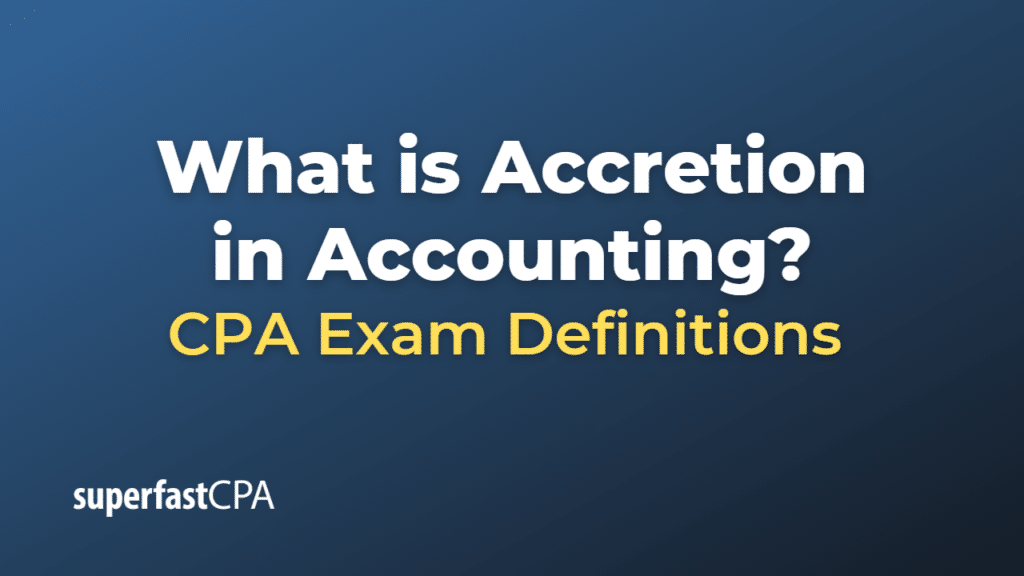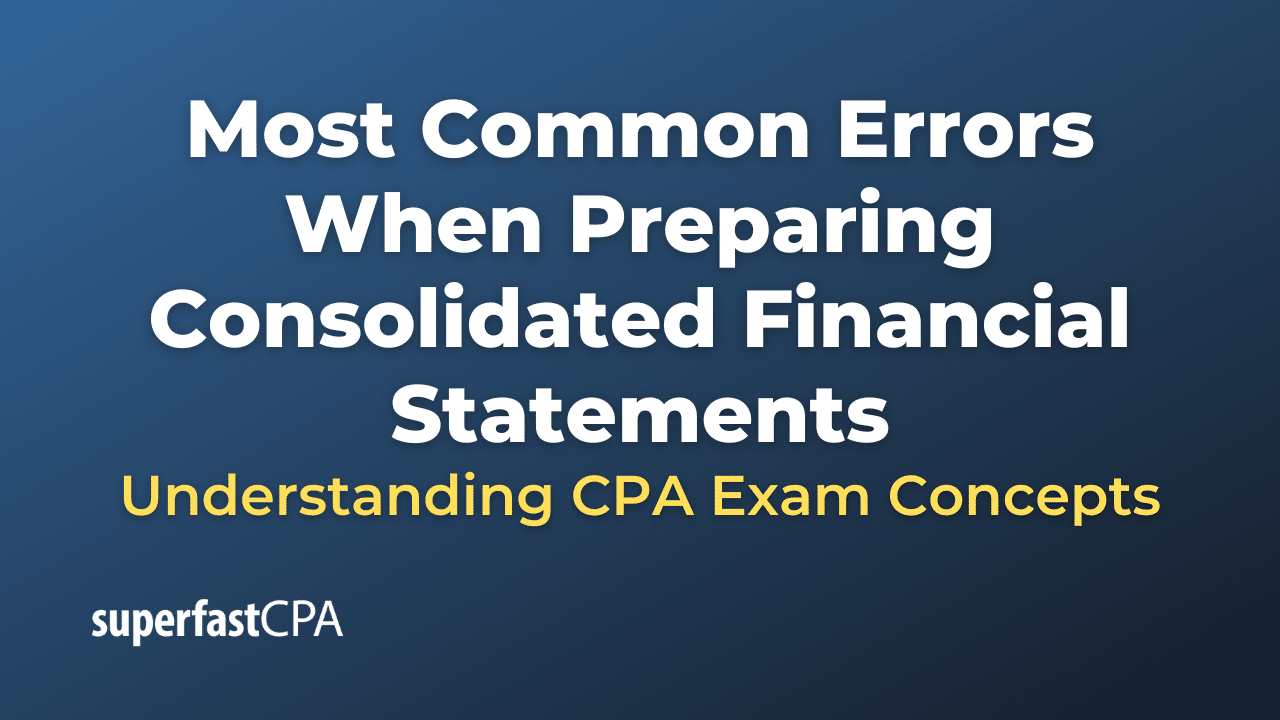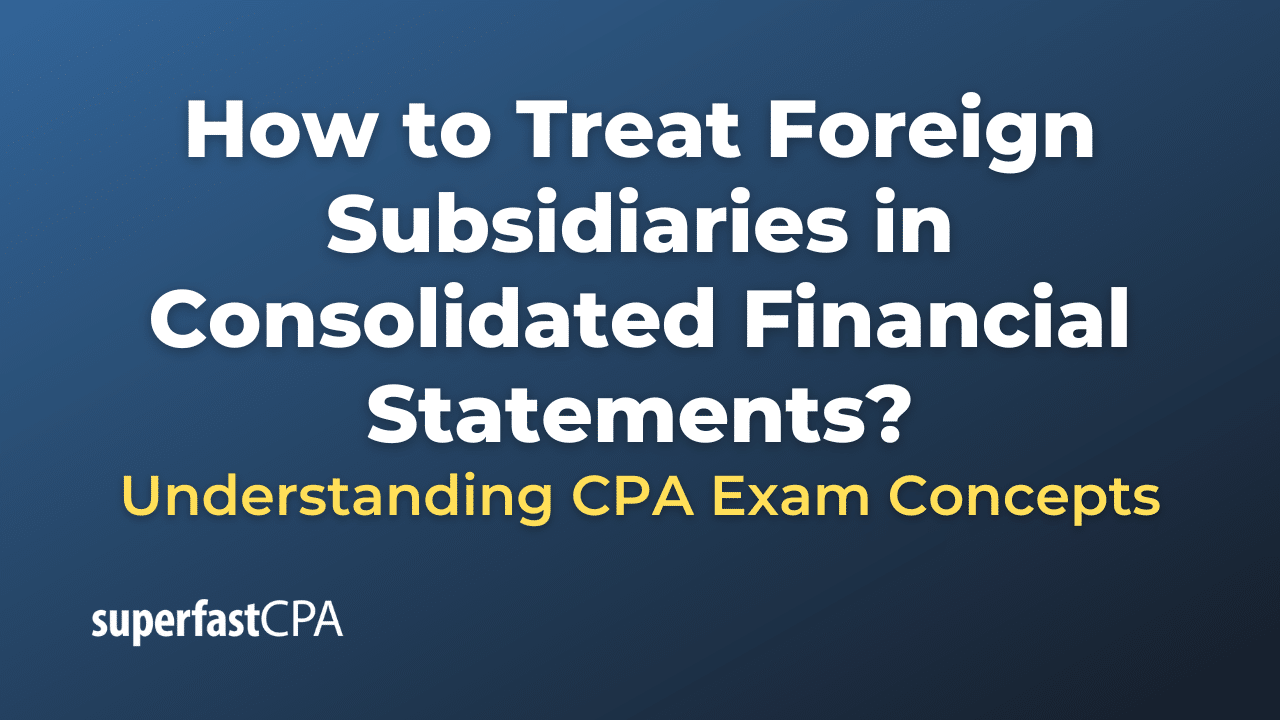Accretion
Accretion in accounting refers to the gradual increase in the value of a financial instrument or asset over time. This increase in value can result from various factors, such as the accumulation of interest, discounts, or premiums. Accretion is often used in the context of bonds, particularly zero-coupon bonds, and long-term investments, such as mergers and acquisitions.
Here are some common applications of accretion in accounting:
- Zero-coupon bonds: These bonds do not pay periodic interest to the bondholders. Instead, they are issued at a discount to their face value, and the bondholder receives the full face value at maturity. The difference between the issue price and the face value represents the interest income. Accretion is used to gradually recognize this interest income over the life of the bond, as the bond’s value increases from its discounted purchase price to its full face value at maturity.
- Bond premiums and discounts: When bonds are issued at a premium or a discount to their face value, the issuer must accrete the bond premium or amortize the bond discount over the life of the bond using the effective interest method. This process adjusts the carrying value of the bond on the balance sheet and recognizes the interest expense or income in the income statement.
- Mergers and acquisitions: In business combinations, the difference between the acquisition cost and the fair value of the net assets acquired is recorded as goodwill. If the acquisition cost is lower than the fair value of the net assets, it results in a bargain purchase gain. This gain is accreted over time, increasing the value of the acquired assets and reducing the bargain purchase gain.
- Asset retirement obligations (AROs): Companies with long-lived assets, such as power plants, mines, or oil and gas facilities, often have legal obligations to retire and dismantle these assets at the end of their useful lives. The estimated costs of these obligations are recorded as a liability on the balance sheet, and the associated asset retirement costs are capitalized as part of the carrying amount of the long-lived asset. Accretion is used to increase the asset retirement obligation liability over time, reflecting the increasing present value of the future obligation.
Accretion is an essential accounting concept that helps companies recognize the gradual increase in the value of financial instruments and assets over time, providing a more accurate representation of their financial position and performance.
Example of Accretion
Let’s consider an example of accretion related to a zero-coupon bond:
Suppose an investor purchases a 5-year zero-coupon bond with a face value of $1,000 for $800. The bond does not pay periodic interest but will be redeemed at its full face value at maturity. The difference between the purchase price ($800) and the face value ($1,000) represents the interest income that the investor will earn over the bond’s life.
To account for the accretion of interest income, the investor needs to gradually recognize the interest income over the bond’s life using a straight-line method or effective interest method. For simplicity, let’s use the straight-line method in this example.
The total interest income to be recognized over the bond’s life is:
Total Interest Income = Face Value – Purchase Price Total Interest Income = $1,000 – $800 = $200
As the bond has a 5-year life, the annual interest income to be recognized is:
Annual Interest Income = Total Interest Income / 5 years Annual Interest Income = $200 / 5 = $40
Each year, the investor will recognize $40 as interest income and increase the bond’s carrying value by the same amount. Here’s how the bond’s carrying value will increase over the 5-year period:
Year 1: $800 (purchase price) + $40 (interest income) = $840 Year 2: $840 + $40 = $880 Year 3: $880 + $40 = $920 Year 4: $920 + $40 = $960 Year 5: $960 + $40 = $1,000 (face value)
At the end of the 5-year period, the bond’s carrying value has increased to its face value of $1,000, and the investor has recognized the full $200 of interest income. This example demonstrates the concept of accretion as it applies to a zero-coupon bond, gradually increasing the bond’s value over its life to reflect the earned interest income.














